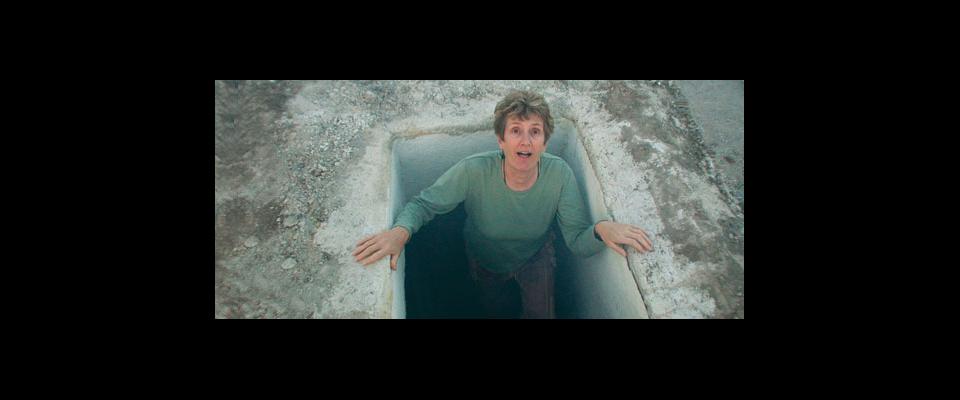An archaeologist uses virtual reality to revive the past.
A born storyteller, Berkeley archaeologist Ruth Tringham used to produce puppet shows when she was six. Now she uses the Internet as a stage to re-create the worlds she’s excavated—most recently, the 9,000-year-old Neolithic village in Çatalhöyük, Turkey. Not content with publishing her work in academic journals and books, Tringham strives to make the past real for the public, through a series of Internet projects that allow viewers to watch and remix videos and images to generate their own version of history. One December afternoon, I joined Tringham in San Francisco for tea and biscuits and to discuss her work in archaeology, the Internet, and storytelling.
California: How did you get involved with the Internet?
Ruth Tringham: I was what you could call an early adopter. I was ready for it—I was really intrigued. If archaeologists pretend that what we create is not ambiguous, then that’s a terrible illusion to get across. You have to share with people the idea that “it might have been this; it might have been that” isn’t a way of being lazy—it’s actually trying to get across to the public what we do. When we say this happened in prehistory or in history long ago, that’s just our interpretation. There could be other interpretations, some of them just as plausible. Usually the strength of the ambiguity is lost in a book or a paper article, but in a digital form, I think you can begin to kind of really express its fascination.
What I wanted to do was encourage people to look at our primary data, guide them through the process of how we interpret it in the way we do, and to really show them that what we say is from the imagination a lot of the time. It seemed to me that with hypertext linking, and being able to navigate through a large amount of images and other kinds of data, digital technology was a much easier path to achieve that. The whole idea is to take all of our images, videos, and so on, and have other people remix them to make a different narrative out of the same data.
Was this a natural step for you?
If you’re not really into digital work, then your role as an archeologist will be very different. You will be sort of separated, and in a way alienated. I was interested in reaching out to the broader world, whereas many archaeologists would have been happy using digital technology for just understanding the data and having the images for themselves.
Why did you make the leap to a virtual reality program like Second Life?
What is really interesting about Second Life is you can have people actually reenact things that might have happened in the past. You can use Okapi Island for different kinds of things, but the idea is to have a place where you can experiment with these things.
I taught a freshman seminar just last semester called Serious Games in Virtual Worlds. [The students] didn’t expect that we would make them go into Second Life as avatars dressed in funny clothes. I said, this is like improv theatre, you’ve got to take on characters in prehistory and their biographies. They had to act out a situation. It was just really amazing to see how people would act in a virtual world.
How did your take on archaeology evolve into imagining stories about the people from the past?
We excavate at a really intimate level. We get down to the little tiny changes in the history of the house, or little tiny artifacts that were found—so tiny sometimes you have to have a screen to see them—and yet people were interpreting this stuff with megastories. I wanted to look at the intricacies of what’s going on in these small settlements in terms of these households. The idea of a multiscale view of history was one of the things I was working towards—am still working towards, so that when you are looking at social practice, then you are looking at the social practice of individuals within a house, and how that might articulate with the larger picture.
Once you start thinking about what people are doing, who are they doing it with, what are they thinking, it just transforms your archaeology. You can see how the digital stuff really helps with that. Once you start working at that really intimate scale, there’s an explosion of data and ideas that are completely out of control in paper.
Probably my favorite things to do in the world, if you ask me that question, are to create movies and stories. I’m quite good at that and I’m quite patient with the excavating, but in the end, it’s the use of the imagination. Rather than having one mistress or master narrative, history written large, I love the idea of having a number of small narratives, which may be built out of my imagination, but they’re always imbedded in the ingredients, the data, or the images. If I can create a story that makes people think about things, that makes me very happy. And that’s what I’m striving for.


















